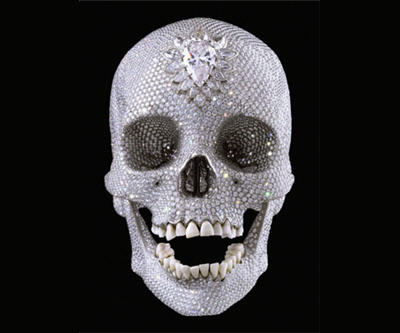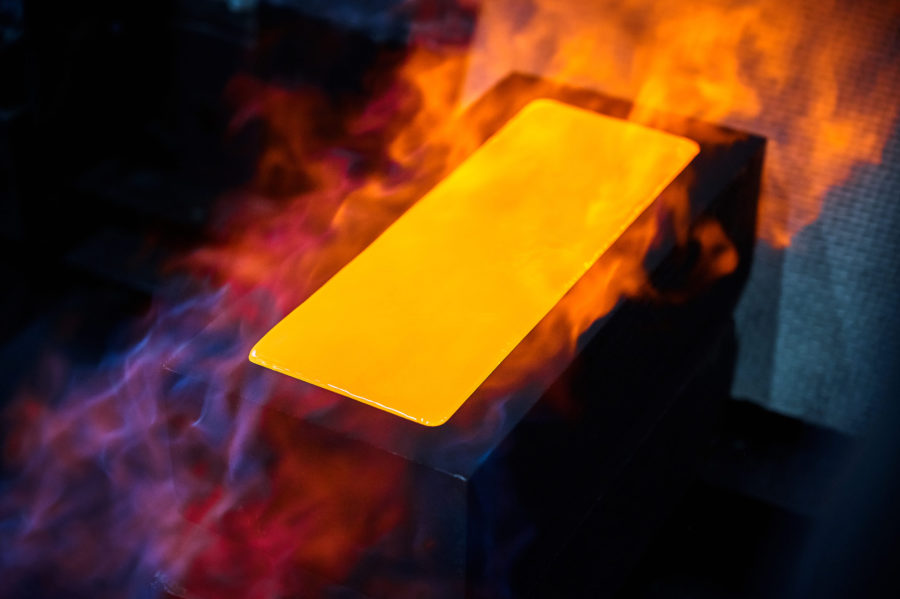Why are Rio and BHP killing off their diamond divisions when demand is forecast to double by 2020?

The world’s third largest miner, Rio Tinto Limited announced last week that it is reviewing its diamond business, potentially selling it all off.
Rio Tinto operates three diamond mines including Argyle in Australia, Diavik in Canada’s far north and Murowa in Zimbabwe. The miner also has an advanced diamond project in Bunder, India.
Rio Tinto follows BHP Billiton, the globe’s biggest mining company, which in November launched a review of its diamond operations with an eye to selling assets including Ekati, Canada’s oldest diamond mine and neighbour of Diavik.
Reuters argues that the diamond business is “simply too small” for the mining giants. Rio Tinto’s diamond mines contribute less than 2% to its earnings and its a tiny proportion of BHP’s income as well.
On top of that the profit margins for the gems, compared to say iron ore which sits at a more than comfortable 70% in Rio Tinto’s case, is too tight.
Nevertheless, the titans would be exiting a market where fundamentals continue to improve.
Rough-diamond prices rose 24% in 2011 building on strong gains during the two preceding years.
Supply is tight – Diavik and Ekati were the last major diamond discoveries but that was in the early 1990s. Diavik is Canada largest diamond mine while Ekati supplies roughly 10% of the world’s diamonds by value. And Ekati’s best days are behind it – its remaining life could be as short as eight years.
Consultants Bain & Co paints a particularly rosy future for the industry saying global demand will nearly double by the end of the decade thanks to an expanding middle class in China and India:
Diamond demand, in carats, will grow more than six per cent per year through 2020, far outpacing the 2.8 percent annual supply growth, creating a “structural shortage” for the industry and signaling potential price increases, particularly in the larger-carat diamond segments.
Even the most conservative growth scenario in the report forecasts a strong positive outlook for the $60 billion diamond jewelry industry.
The growth forecasts by Bain are similar to that of Anglo-American, which just weeks before BHP’s said it may exit the business altogether, announced a $5.1 billion buyout of De Beers.
After a century in the business De Beers still dominates the market. Its trading arm boasted sales of unpolished and uncut diamonds of $6.5 billion last year from $5.1 billion in 2010. Given its heft De Beers is not a likely buyer.
Reuters speculates on which companies may be interested in Rio and BHP’s diamond mines:
It might appeal especially to Harry Winston, which already owns 40 percent of Diavik. Or a private equity firm could emulate the Toronto jeweller-cum-miner’s vertically integrated model. Buyout firms are usually cautious about commodities. But a diamond retailer with its own source of supply could command a lofty, luxury industry valuation when the time to sell comes.
Image is “For the Love of God” by British artist Damien Hirst produced in 2007. It consists of a platinum cast of a human skull encrusted with 8,601 diamonds that according to Hirst cost $22 million.
More News
{{ commodity.name }}
{{ post.title }}
{{ post.date }}

6 Comments
Kellynzambe
Diamonds have survived through a strong advertising driven by De Beers notably with this incredible sentence “Diamonds are for ever” giving a elusive idea that for e.g your relationship will last as Diamonds, with the endless financial challenges faced currently in most of the countries it’s almost certain that Diamond price will be affected in a longer term, titans would like to play safe by investing the money from sales to more profitable and safer commodities according to market demand trends, which is not still clearly a safer/wiser approach considering India, Brazil, South Africa, China and Russia middle class emerging and willing to buy more Diamonds for the same reasons western countries did in the past and this with the first economy recovery that will boost the prices and make those companies regret
Pat
The diamond market is fundamentally artificial and has been for a long time. The global market is changing. While there are emerging markets, it is debatable whether the historic and emerging markets are going to maintain their current consumption levels in the long term. If diamond sales are a small portion of revenue, the intelligent thing to do is sell them off when they are worth their most, not when they are in decline, and put that money to go use on emerging commodity and market development.
Forichi
Pity you did not answer the question, but also left out an important discovery of rough diamonds in the mid 2000s in Zimbabwe which is also negatively affecting pricing.
MINING.com Editors
You make a good point Forichi.
But Marange has not brought rough prices down that much. Alrosa said they got $142 in Q3 2011 vs $84 in 2010. Do you foresee a sharp reversal now that Zim is coming onto the market?
Don
The Annual Report of HWD refers to the Accounting Rules concerning listing a value for unmined Diamonds. IFRS and GATT rules preclude putting on the Balance Sheet the market value . Hence the trillions of dpllars of value is not on the books. The only way to get the value onlocked is to sell he mine. Then you can put the considerable cash on the balance sheet. Kind of like moving the time clock to cash in years ahead. Read the foot notes it’s all there.
Anon
And diamonds are using to society in what way? What a job they have done with marketing a rock!